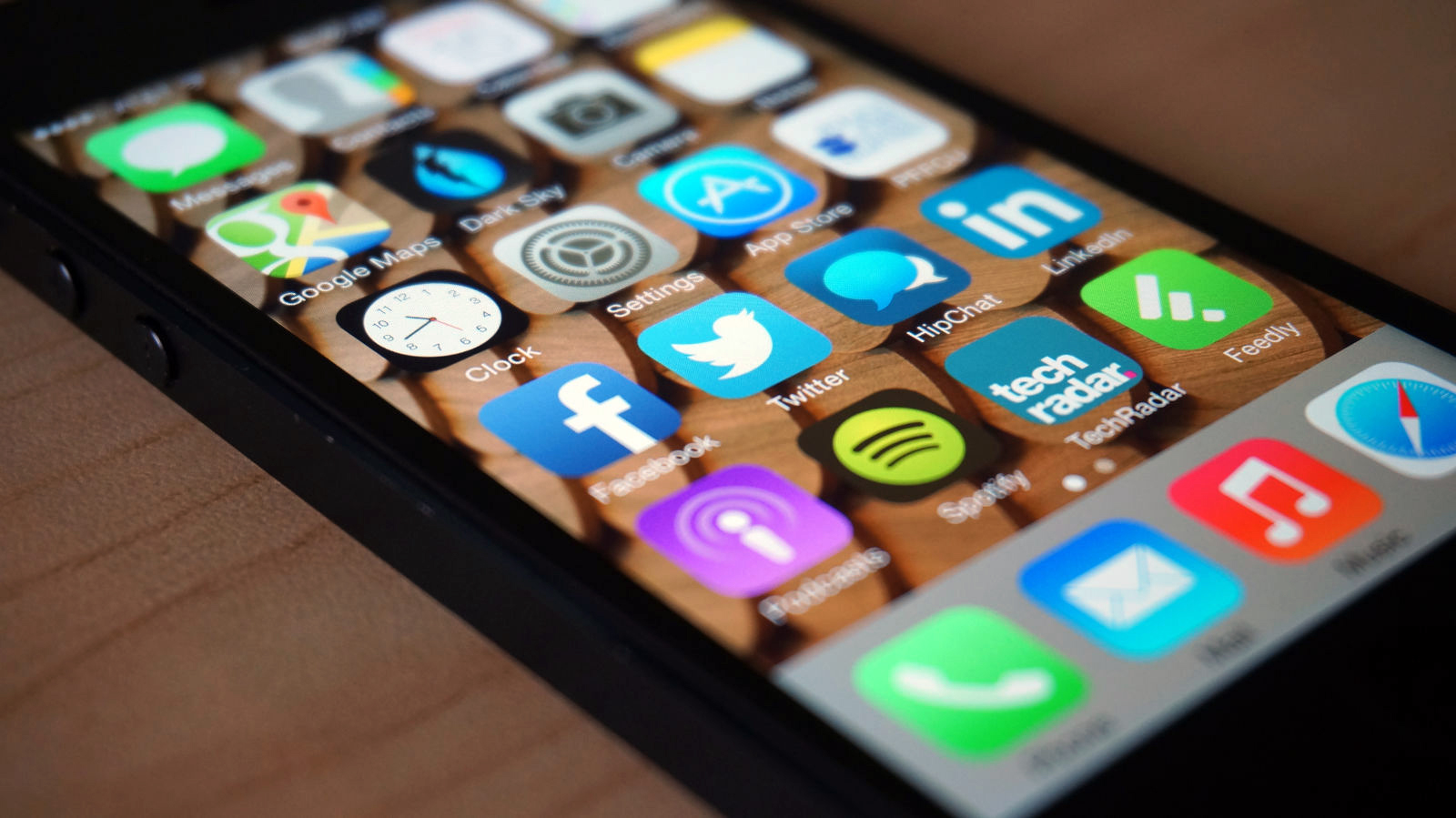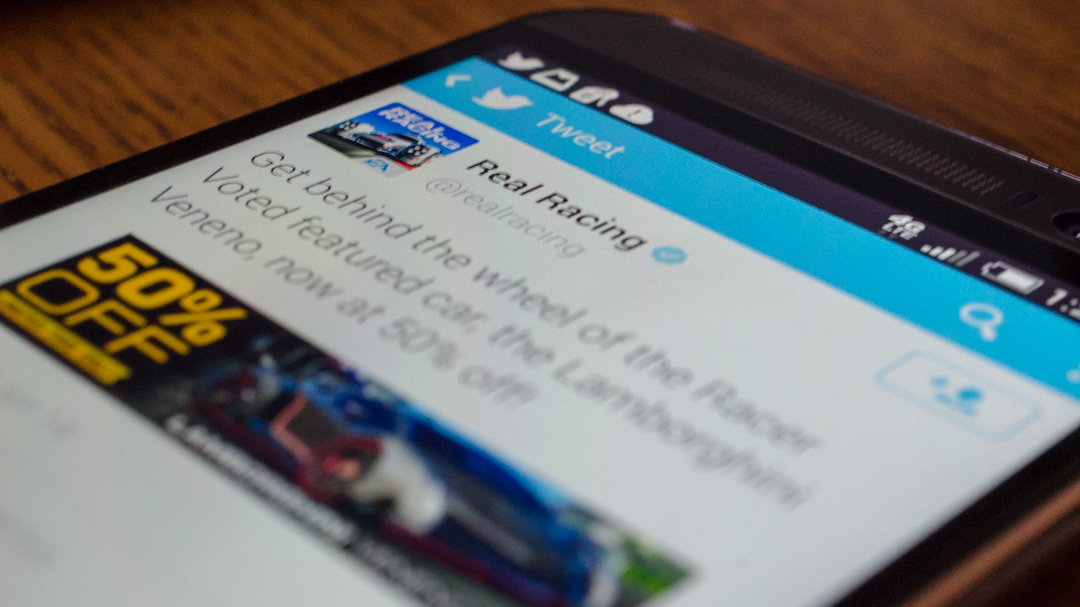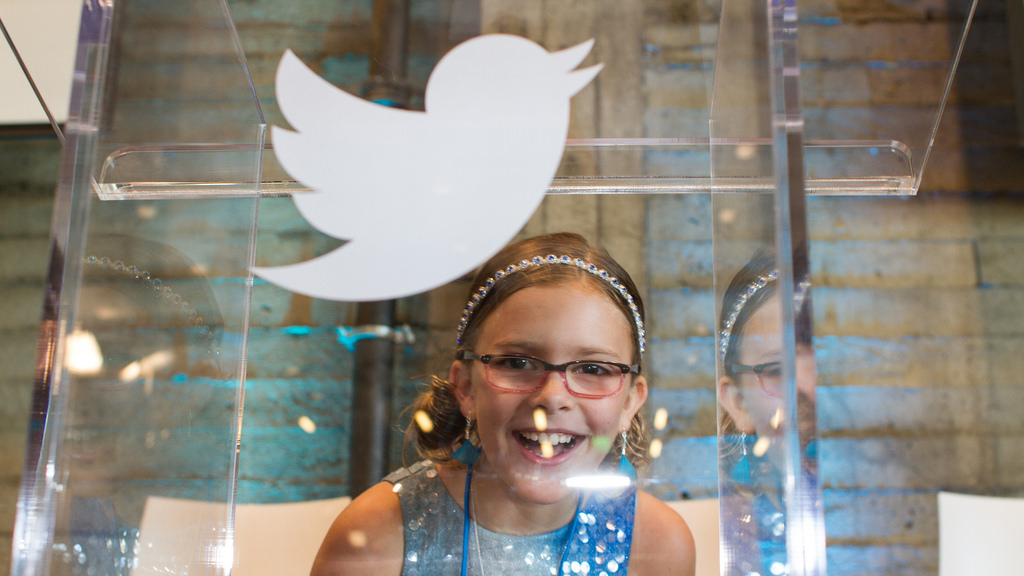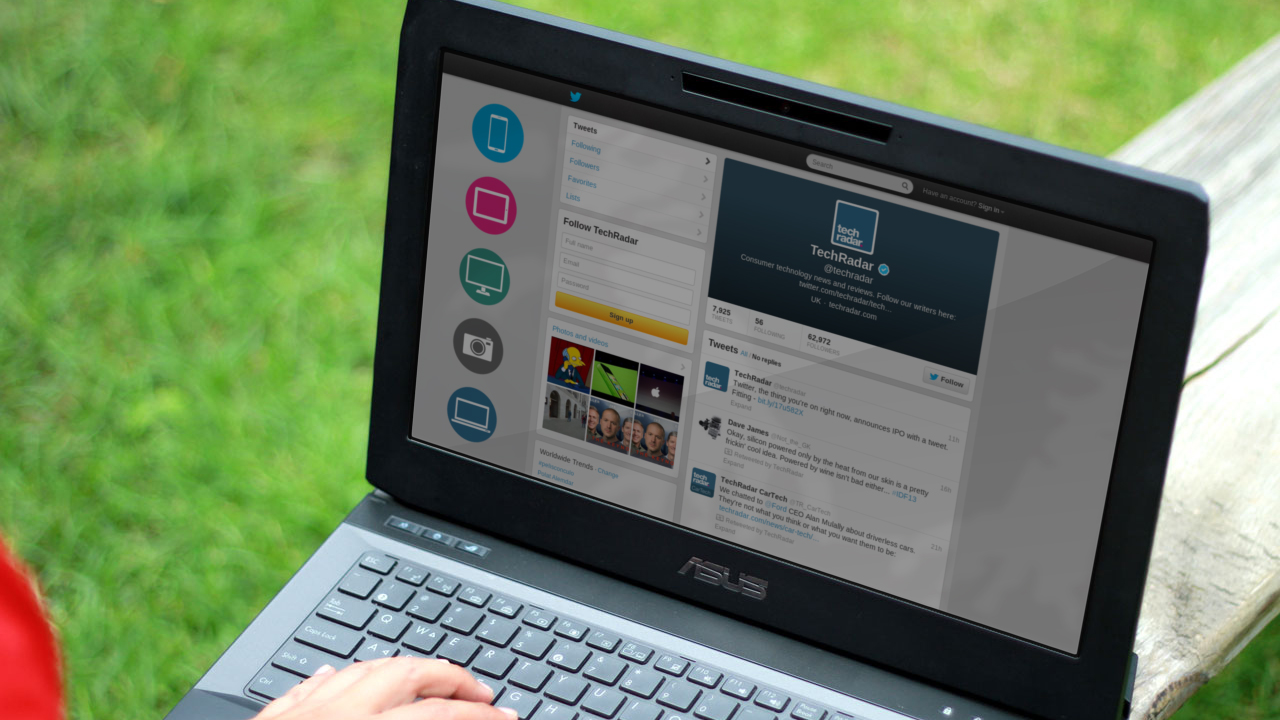Wrestling with Twitter's decision to embrace algorithms, scale, and pander to Wall Street
Opinion: it's the right move, but it feels wrong in principle

Today marks a big day in the history of Twitter. It is, by every measure, fundamentally changing the way its core product operates.
When Twitter was born, it was engineered to show tweets – blurbs of 140 characters of less – in reverse-chronological order. When you hopped onto Twitter.com, or TweetDeck, or one of Twitter's apps, the tweet at the top was the most recent tweet from your list of followers. As you scrolled, the tweets got older and older, but the only thing dictating the order of tweets shown was Father Time himself.
But then, Wall Street happened.

Scale for scale's sake
You see, companies beholden to the wild, uncontrollable demands of public shareholders are oftentimes held to standards that don't make sense. Or, worse, ones that don't jibe with the ethos of the company's origins.
In the case of TWTR, as it's known on the market, investors have long since demanded that the company grow its active user base at all costs. They see Facebook, with its billion or so users, and they want Twitter to meet (or beat) that. Never mind the fact that Twitter was never designed to amass as many users as Facebook, or look like Facebook, or smell like Facebook, or be Facebook.
When you're Wall Street, you don't care about such trivial matters. You just want more.

Trust us, we know what you like
And so, here we are. Twitter has quietly rolled out a change that'll place tweets which an algorithm thinks you'd care most about at the top of your timeline. You can opt-out in order to keep seeing things in reverse-chronological order, which is no doubt a bid to keep its early power users – largely folks in the media, like myself – from spontaneously combusting.
Get daily insight, inspiration and deals in your inbox
Sign up for breaking news, reviews, opinion, top tech deals, and more.
The change represents a move that brings Twitter more in line with Facebook in terms of what's shown first as soon as you jump into the product. If you believe the media, it's also a move that'll hopefully make Twitter easier to use for laypeople.
Indeed, it's difficult to explain Twitter to someone that isn't ... shall we say, technologically savvy. Conversely, everyone's mother (and a fair amount of grandmothers) are on Facebook, and they seem to have no issues using it.
Twitter, apparently, needs to let its users jump right in and start interacting. More importantly, it needs to be welcoming for users who may have stepped away from their Home stream for more than 18.4 seconds.
Twitter is infinitely useful as a firehose of information for those who live and breathe the service. If you sit atop your Twitter feed all day, you're the most informed person on Earth.
Unfortunately for Twitter, no one outside of a newsroom can actually accomplish that. And, if I'm honest, neither can I.

It's painful, but it's progress
For as much as I loathe Wall Street for putting pressure on Twitter to be more like Facebook, the reality is that my Twitter usage has dropped by around 90 percent in the past two years. It's an exhaustion thing, really.
It's borderline unhealthy to just sit around monitoring Twitter for each moment of each day, and yet, the service is at its best when you do precisely that. To boot, a lot of negativity circles on Twitter.
Even in my feed, which includes over 1,000 friends, peers, brands, and people that may or may not know my favorite color, the ratio of uplifting to depressing isn't tilted in the right direction.
I got a lot healthier when I stopped using Twitter on a daily basis. Mentally, I was more focused on work and people that mattered, and over the past two years, I haven't (knowingly) suffered any negative repercussions by limiting my time on the service.
Which brings me to this: I'm overjoyed that Twitter is embracing an algorithm to feed me the most important stuff first. Don't get me wrong – I'm really, really unhappy about investors getting their way – but I won't let that overshadow my happiness that we're here nonetheless.
It makes Twitter far more approachable, and I'm looking forward to peeking it a lot more often. Now, I can count on a half-minute Twitter session having actual value. You can scan a lot of great intel while waiting for a latte, but only if Twitter puts the good stuff up top.
It remains to be seen if the algorithm will get it right, but at least -- for now -- you can opt-out. Nostalgia never seemed so sweet, even if only in theory.
- For the uninitiated, here's how to use Twitter
